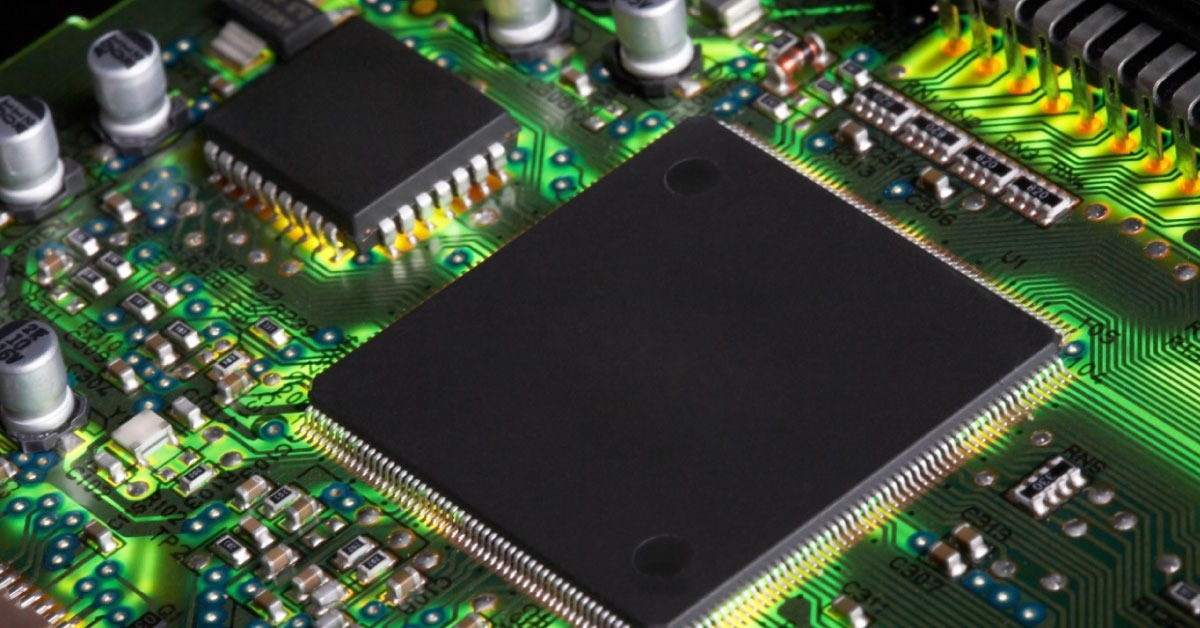10 Tips for Successful PCB Design for Volume Manufacturing for Electronic Products
As technology continues to advance, electronic products are becoming an essential part of our daily lives. From medical devices to smart home appliances, electronic products have transformed how we live and work. However, creating pcb design for volume manufacturing that meet industry standards and can be manufactured in high volumes can be a daunting task.
Electronic product design and manufacturing is a complex process that requires expertise in multiple areas, including electrical engineering, software development, and mechanical design.
In this article, we will discuss ten tips for successful PCB design for volume manufacturing for electronic products.
- Plan your PCB design carefully
The first step in successful PCB design is careful planning. Define the scope of your project, identify design requirements, and consider the manufacturability of your design. A well-planned PCB design can save time and effort in the long run. Consider Design for Manufacturing (DFM) early in the design process to ensure that the final design is optimized for efficient and cost-effective manufacturing. This includes factors such as component selection, assembly process, and testing requirements.
- Use Standard Components
Using Standard Components in your PCB design can make manufacturing easier and more cost-effective. Standard components are readily available and have established manufacturing processes, reducing the risk of delays or errors in production. Use best practices for PCB layout, including proper trace routing, grounding, and component placement to minimize noise and interference and maximize signal integrity.
- Minimize the use of vias
Vias are small holes drilled in the PCB that allow for electrical connections between different layers. While vias are necessary for some designs, they can increase the cost of manufacturing and increase the risk of errors. Minimizing vias can simplify your design and reduce the risk of manufacturing errors. Ensure that the PCB design complies with relevant industry standards and regulations, such as IPC-2221 and UL 94, to ensure product safety and compliance.
- Follow design for manufacturability (DFM) guidelines
Design for manufacturability (DFM) guidelines provide specific recommendations for designing products that are easy to manufacture. Following these guidelines can reduce manufacturing costs, improve quality, and increase product reliability. Choose high-quality components from reputable manufacturers to ensure reliability and performance, and consider the availability and cost of components when making design decisions.
- Optimize the placement of components
The placement of components on the PCB can have a significant impact on the functionality and reliability of the product. Optimize the placement of components to ensure good signal integrity, reduce noise, and minimize the risk of errors during manufacturing.
- Use adequate trace widths and spacing
The width of the traces on your PCB design should be appropriate for the amount of current they will carry. In addition, adequate spacing between traces can prevent electrical interference and reduce the risk of manufacturing errors. Use simulation and modeling tools to validate the PCB design before moving to production, including tools for signal integrity analysis, thermal analysis, and mechanical stress analysis.
- Consider the environmental factors
Electronic products can be exposed to a wide range of environmental factors, including temperature, humidity, and vibration. Consider these factors during your PCB design to ensure the product can withstand the intended environment.
- Use simulation tools
Simulation tools can help you identify potential issues in your PCB design before it goes to production. Using simulation tools can save time and money by identifying problems early in the design process.
- Test your design thoroughly
Testing your PCB design is essential to ensure that it meets industry standards and is suitable for volume manufacturing. Test your design thoroughly using industry-standard testing methods to identify and correct any issues.
- Partner with an experienced manufacturer
Partnering with an experienced manufacturer can make the manufacturing process smoother and more efficient. Avench Systems Pvt Ltd is an electronic product company that specializes in embedded systems. It provides end-to-end electronic product design and manufacturing services, helping clients bring their products to market quickly and efficiently.

Conclusion:
Successful PCB design for volume manufacturing requires careful planning, attention to design for manufacturability (DFM) guidelines, and thorough testing. By following these ten tips, you can design electronic products that meet industry standards, are cost-effective, and can be manufactured in high volumes. Partnering with an experienced manufacturer can help you achieve your goals and bring your electronic products to market quickly and efficiently.
Avench Systems Pvt Ltd is a leading electronic product company that specializes in embedded systems. With years of experience and expertise in electronic product design and manufacturing, It has developed a reputation for delivering high-quality products that meet industry standards. It provides end-to-end electronic product design and manufacturing services, from concept to production, ensuring that clients receive a comprehensive solution that meets their specific needs.

